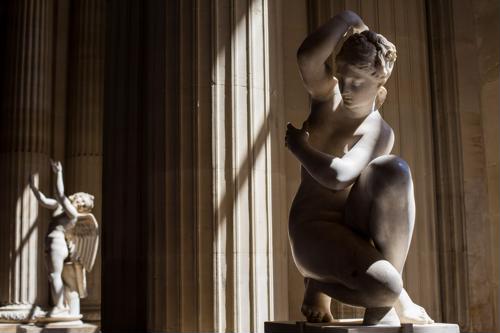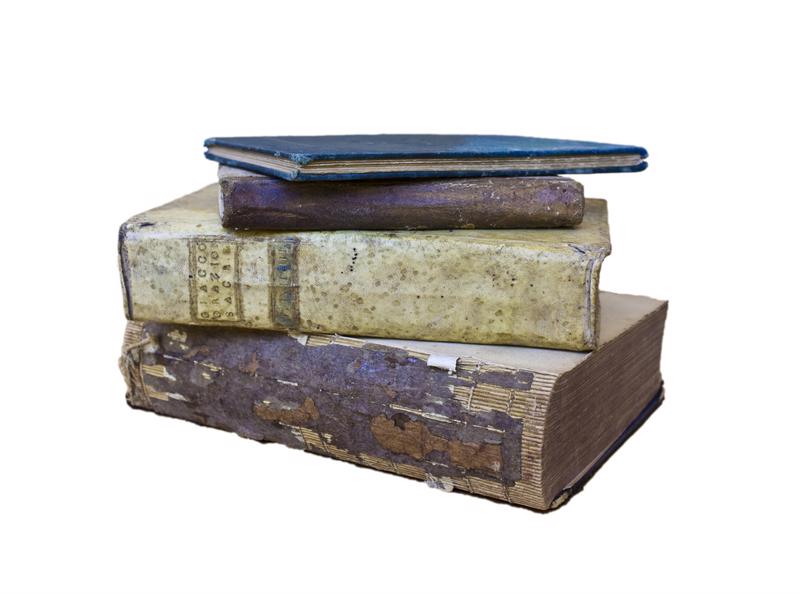
How museums are using IoT to protect priceless artifacts
By Max BurkhalterJuly 25, 2019
While the buzz surrounding the internet of things has largely focused on industrial and commercial applications, these types of wireless technologies have also been effectively integrated into a range of public institutions. In fact, museums were some of the earliest adopters of IoT technology at scale, as it allowed them to monitor the precise location of historic artifacts, protect priceless artwork and create more engaging exhibits for visitors to enjoy.
According to the American Alliance of Museums, U.S. museums receive an estimated 850 million visits each year, which is higher than the combined average attendance for all major sporting events and theme parts. The significant public interest in maintaining these historic and cultural centers has allowed museum administrators to invest in all sorts of innovative IoT applications, though most are dedicated to preserving fragile items and controlling exhibits' environmental conditions.
A notable use case for museum IoT
In 2011, the Metropolitan Museum of Art in New York installed a fleet of wireless sensors to help protect its massive collection of medieval and Byzantine art, IoT For All reported. Like most historic artifacts, these pieces are extremely sensitive to even minor fluctuations in humidity and temperature. Prolonged exposure to heightened levels of moisture and above-room-temperature conditions can lead to a variety of problems, such as shrinking, warping and even decay. Prior to implementing the IoT sensors, museum officials had no clear recourse for improving their control systems, which often left them unprepared for rapid changes in their exhibits.
By integrating IoT sensors into its storage and display architectures, the museum was able to collect and analyze environmental data in real time. These enhanced monitoring capabilities have allowed officials to adjust the humidity and temperature of their exhibits with precision, helping to cut operation costs, reduce the frequency of restoration projects and protect priceless artifacts. In the years since, the Metropolitan Museum of Art has expanded its IoT infrastructure to other sensitive collections and historic items, including paintings, sculptures, tapestries and more.

Other uses for IoT in museum settings
Beyond safeguarding fragile pieces of art, IoT has also been used to create interactive exhibits and events through wearable technologies. For example, the Children's Museum of Houston launched a spy-themed scavenger hunt in 2016 that has become a favorite among patrons, RFID Journal reported. According to the museum's director of educational technology and exhibit development, Keith T. Ostfeld, the IoT-oriented system has helped increase membership and drive interest in new exhibits. The scavenger hunt uses passive low-frequency RFID technology linked to players' "Codex" wristbands, which is able to track participants' progress, location and repeat visits.
These sorts of interactive learning experiences will likely become more commonplace as IoT tech decreases in price and increases in operating power. But preparing for the museums of the future starts with building a reliable and scalable networking infrastructure that can support thousands of connected devices without service interruptions or unplanned downtime.
Perle offers high-performance connectivity tools that can be easily integrated into public, commercial and industrial environments. Read our customer stories to learn how we've helped other public institutions take full advantage of IoT technologies.



